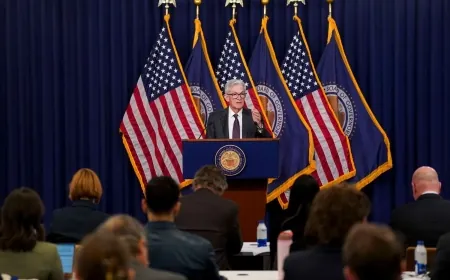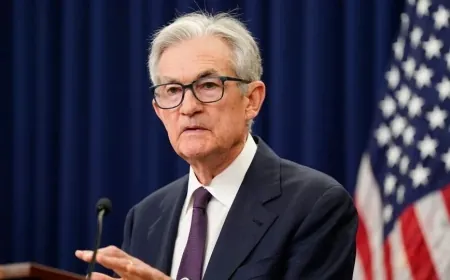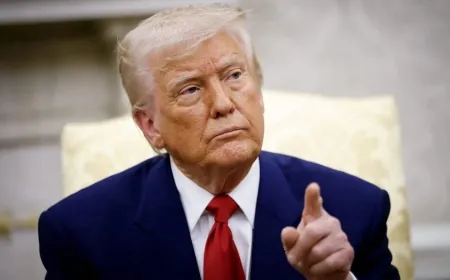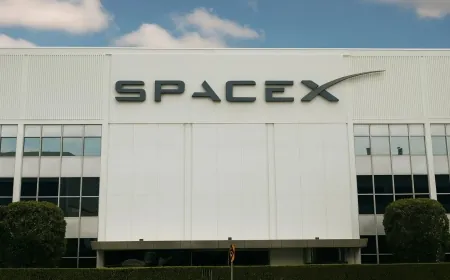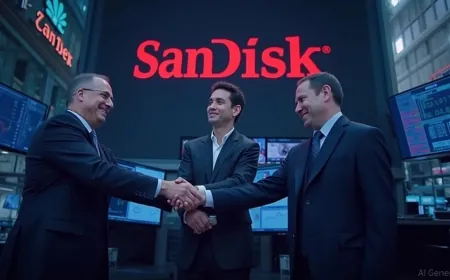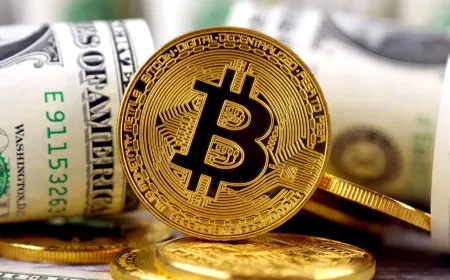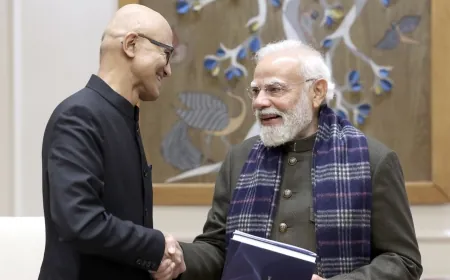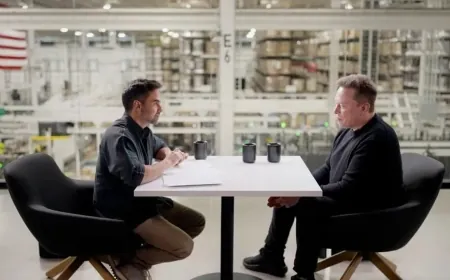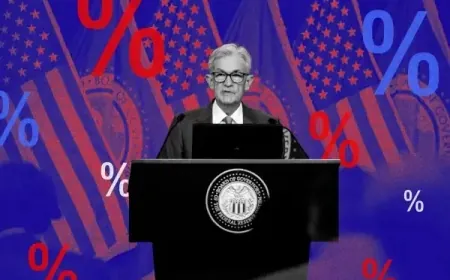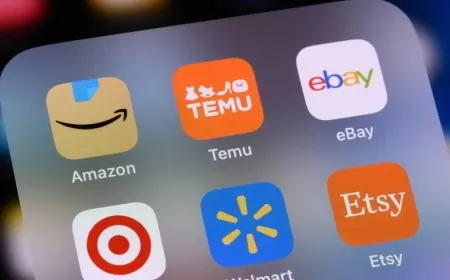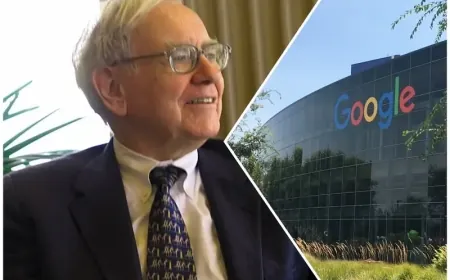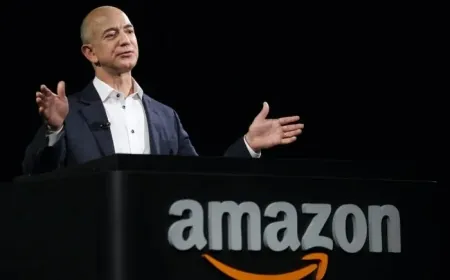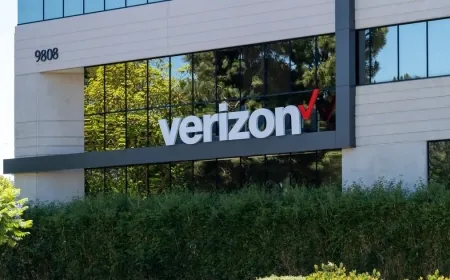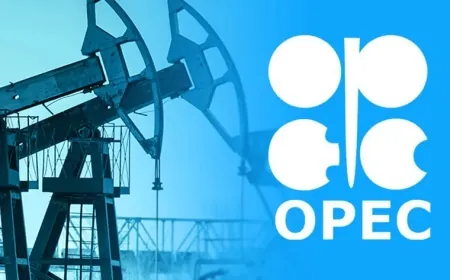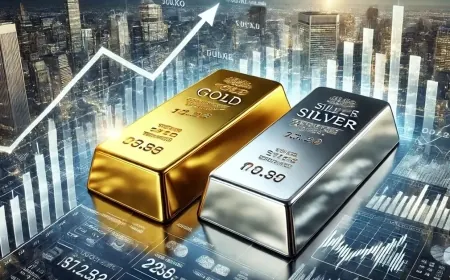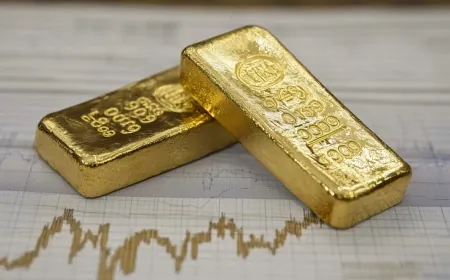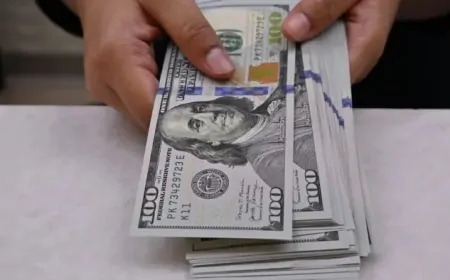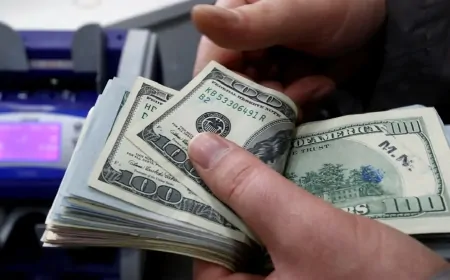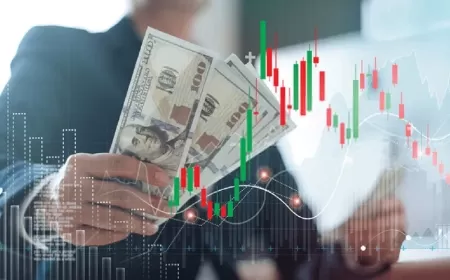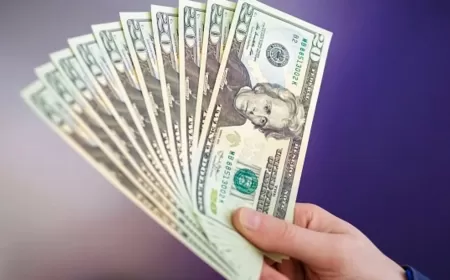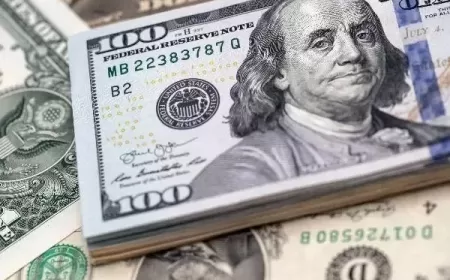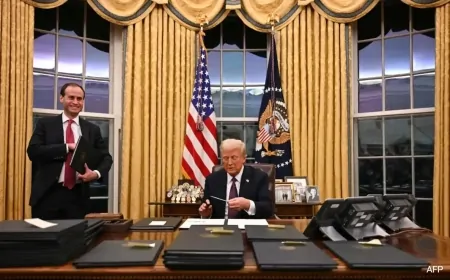China Delays Rare Earth Export Limits After Trump Pauses New Tariffs
China postpones rare earth export limits after Trump delayed tariffs, easing short-term strain in U.S.–China trade relations.
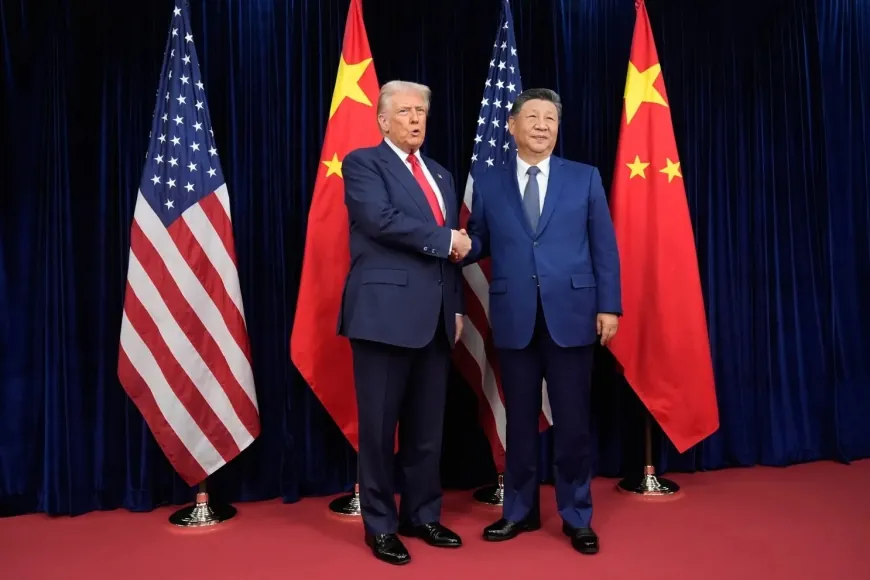
Key Highlights
President Donald Trump declared success after his first meeting with Chinese President Xi Jinping since returning to the White House in January. Speaking aboard Air Force One, Trump said both sides had “settled” one of the toughest issues between Washington and Beijing — access to China’s rare earth minerals.
Trump told reporters that China had agreed to suspend for one year a new round of export restrictions on critical minerals, which are vital for manufacturing fighter jets, semiconductors, and electric vehicles. “There’s no roadblock at all on rare earth,” he said. “That will hopefully disappear from our vocabulary for a little while.”
But while the White House framed it as a major breakthrough, the pause leaves existing restrictions intact. U.S. industries will still depend heavily on Chinese suppliers for core mineral inputs. The deal effectively buys time without changing the underlying dependency that has long shaped global supply chains.
Beijing Links Rare Earths to U.S. Export Policy
The one-year suspension came with strings attached. To secure the pause, Washington agreed to delay a planned expansion of its export blacklist — a move that would have barred thousands of Chinese firms from buying advanced U.S. technology.
This reciprocal step created a direct link between China’s control of mineral exports and U.S. curbs on high-tech goods — a connection that many in Washington view as a strategic setback.
“The Chinese rare earth restrictions were meant to deter the U.S. from tightening chip controls,” said Chris McGuire, a former National Security Council official. “By trading pauses, we’ve essentially accepted that linkage, and it favors Beijing.”
China’s negotiating stance underscored how deeply rare earths are intertwined with its geopolitical leverage. Despite Washington’s push to diversify supply, China still refines over 80% of the world’s rare earths, giving it unmatched influence over global production lines.
Muted Gains for Washington
The White House has not yet released a formal summary of the meeting, and U.S. Trade Representative Jamieson Greer admitted the outcome did not undo existing restrictions. “We’ve seen modest improvement in the flow of magnet-related materials, and we expect that to continue,” he said.
In exchange for Beijing’s pause, Trump rolled back several earlier measures, including the proposed 100% tariff hike on Chinese goods, penalties linked to the fentanyl trade, and docking fees on Chinese vessels entering U.S. ports. Those changes mean the average tariff on Chinese imports will fall to roughly 31%, according to Bloomberg Economics — well below levels on imports from Brazil and India.
The concessions may ease trade tensions temporarily but weaken Trump’s campaign to pull American manufacturing away from China. “It looks like a political truce rather than an economic victory,” one senior U.S. trade adviser said privately.
Legal Tests Could Undermine Trump’s Tariff Powers
Trump’s trade posture may face additional pressure from the courts. Next week, the Supreme Court will review whether his administration legally used the 1977 International Economic Emergency Powers Act to impose tariffs. Lower courts have already ruled that applying that law for trade restrictions exceeded presidential authority.
If the justices agree, much of Trump’s tariff regime — including those aimed at China — could be struck down, removing one of Washington’s key tools in ongoing trade negotiations.
Xi Extends China’s Leverage
While Trump emphasized his own victory, Xi Jinping came away with measurable gains. By agreeing to only delay new restrictions, not lift them, Beijing maintained its control over a critical segment of the global manufacturing chain.
Xi also secured U.S. delays on punitive measures related to fentanyl exports and maritime fees, both politically useful wins at home. The Chinese side issued a summary of the meeting the next day; the White House did not.
“China played this smartly,” said Wendy Cutler of the Asia Society Policy Institute. “Beijing gave away very little but extracted clear concessions. Trump may have claimed a win, but Xi dictated the terms.”
Industry Sees Little Change on the Ground
For U.S. defense contractors, automakers, and semiconductor producers, the rare earth bottleneck remains largely unchanged. Companies report that China’s licensing system continues to cause weeks-long delays for material approvals, while suppliers must file repeated paperwork for each shipment.
“Beijing may have delayed new restrictions, but it hasn’t loosened control,” said Nazak Nikakhtar, former Commerce Department official and trade lawyer. “They can still slow exports just by sitting on licenses.”
Even with the temporary pause, many Western manufacturers are racing to build alternative processing capabilities in the U.S., Australia, and Canada. But experts warn those efforts are years away from matching China’s efficiency and output scale.
Nvidia Chips Still Off the Table
Trump stopped short of allowing the sale of Nvidia’s new Blackwell AI chips to Chinese buyers, despite earlier suggestions he might do so. Trade representative Greer said the issue “wasn’t on the table right now,” while Nvidia’s CEO Jensen Huang expressed “cautious optimism” about eventual approval.
The Blackwell issue remains one of Beijing’s key demands, and it may re-emerge in follow-up meetings scheduled for 2026.
Short Pause, Long Shadow
The one-year truce offers short-term relief to industries caught between escalating export controls on both sides. But it may also entrench a pattern where Washington and Beijing repeatedly trade pauses for concessions without solving the structural problem: deep interdependence in technology and critical minerals.
“This was a truce about everything but rare earths,” said Wade Senti, president of Advanced Magnet Lab, a U.S. supplier to the defense industry. “Nothing fundamental has changed — the risks are the same as before.”
Also Read: US-China Trade Truce Brings Relief but Major Disputes Still Unsettled
